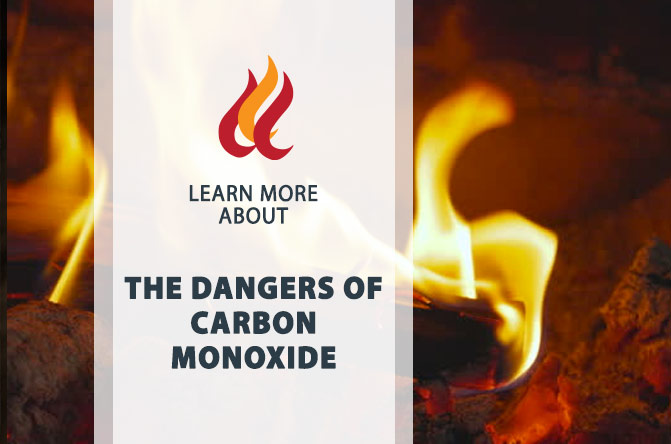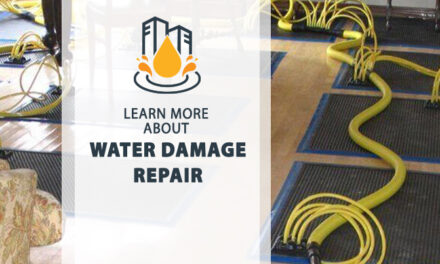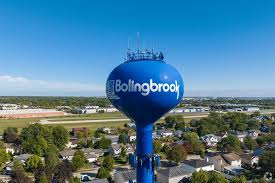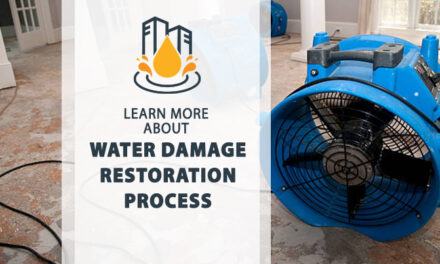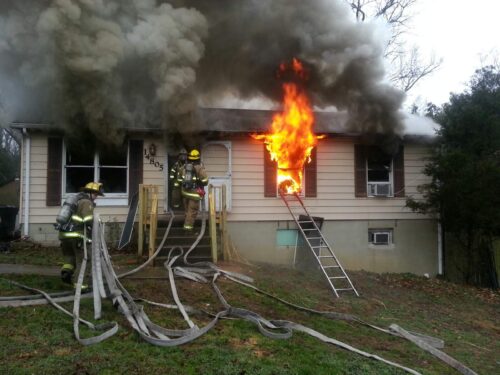
The Dangers of Carbon Monoxide
Understanding the Dangers of Carbon Monoxide After a Fire

The Dangers of Carbon Monoxide
The Dangers of Carbon Monoxide: Fire safety is important, especially if you own property. Fire safety includes leaving a burning structure and devising a home fire escape plan, but carbon monoxide remains a threat after the flames are extinguished. We will discuss the serious hazards of carbon monoxide after a fire and how to protect yourself and your family in this post.
The Silent Threat: Carbon Monoxide
Carbon monoxide (CO) is a colorless, odorless gas that can be deadly when inhaled in large amounts. It is produced when carbon-based fuels, such as wood, gas, or oil, burn incompletely. In the aftermath of a fire, CO can be present in the air, posing a significant threat to anyone in the vicinity.
After a fire, there are several factors that can contribute to elevated levels of carbon monoxide:
- **Burning Building**: The structural damage caused by a fire can release trapped CO into the environment.
- **Security Bars**: Homes with security bars on windows and doors can trap CO inside, preventing it from dissipating.
- **Smoke Alarms**: Smoke alarms, while crucial for alerting you to a fire, can also detect high levels of CO in the air.
- **Fire Extinguishers**: The use of fire extinguishers can release CO into the atmosphere, further increasing the danger.
Understanding the presence of carbon monoxide after a fire is the first step in safeguarding your family and property.
The Dangers of Carbon Monoxide: The Importance of Smoke Alarms and Escape Routes
Smoke alarms and escape routes must be stressed before discussing carbon monoxide after a fire. These are essential to any house fire escape strategy, assuring your family’s safety.
Smoke Alarms: Smoke alarms are your first line of defense in the event of a fire. They can detect smoke and trigger an alarm, giving you precious time to escape. Ensure that your smoke alarms are installed in key locations throughout your home and are regularly tested to ensure they are functioning correctly.
Escape Routes: It’s essential to draw a map of your home and identify primary and secondary escape routes. Share this plan with your family members and overnight guests. Practice your home fire escape plan regularly so that everyone knows what to do when a smoke alarm sounds.
Escape Ladders: If you have multiple stories in your home, consider investing in escape ladders for upper floors. These can be easily attached to windows and provide a safe means of descending to the ground in an emergency.
The Dangers of Carbon Monoxide: A Hidden Danger
Now, let’s dive deeper into the dangers of carbon monoxide after a fire. CO is particularly insidious because it is virtually undetectable without specialized equipment. Here are some critical points to consider:
- **Odorless and Colorless**: Carbon monoxide has no smell or color, making it impossible to detect through your senses alone.
- **Initial Symptoms**: Exposure to low levels of CO can lead to symptoms such as headaches, dizziness, nausea, and confusion, often mistaken for other illnesses.
- **Deadly at High Levels**: High concentrations of CO can quickly lead to loss of consciousness and death. In a post-fire scenario, elevated levels of CO can be lethal.
- **Long-Term Health Effects**: Prolonged exposure to even low levels of CO can have serious long-term health effects, including heart problems and brain damage.
Preventing Carbon Monoxide Poisoning
Preventing carbon monoxide poisoning is paramount, especially after a fire. Here’s what you can do to minimize the risks:
- **Ensure Ventilation**: If it is safe to do so, open windows and doors to ventilate the area. This will help disperse any trapped carbon monoxide.
- **Stay Outside**: After a fire, it’s crucial to stay outside the building until it has been declared safe by the fire department. Avoid re-entering prematurely, as CO levels may still be high.
- **Check Appliances**: Inspect your heating and cooking appliances for damage. Faulty equipment can be a significant source of CO emissions.
- **Install CO Detectors**: Consider installing carbon monoxide detectors in your home. These devices can alert you to dangerous levels of CO and provide early warning.
Creating an Effective Evacuation Plan
An effective evacuation plan is your best defense against the dangers of both fires and carbon monoxide. Here are some tips to help you create a comprehensive plan:
- **Floor Plan**: Start by drawing a floor plan of your home. Highlight the locations of all smoke alarms and fire extinguishers.
- **Escape Routes**: Identify primary and secondary escape routes from each room. Ensure that windows and doors can be opened easily in case of an emergency.
- **Practice**: Regularly practice your home fire escape plan with your family members and overnight guests. Ensure everyone knows where to go and how to get there.
- **Safe Distance**: Designate a meeting point at a safe distance from your home where everyone should gather after evacuating.
Conclusion
Proprietors share fire safety responsibilities. Making a house fire escape plan is critical, but so is knowing carbon monoxide after a fire. CO is quiet and deadly, even after the flames are out.
Carbon monoxide detectors, safety rules, and appropriate ventilation may safeguard you and your family from this hidden risk. Prevention is crucial to saving lives.
Contact Del Mar Builders for Fire Restoration
If you ever find yourself in the unfortunate situation of dealing with the aftermath of a fire, Del Mar Builders is here to help. As a top fire restoration company, we specialize in restoring properties and ensuring your safety. Contact us today at 800.298.0900 for immediate assistance.
Stay safe and prioritize fire safety in your property to protect what matters most – your family and your home.
